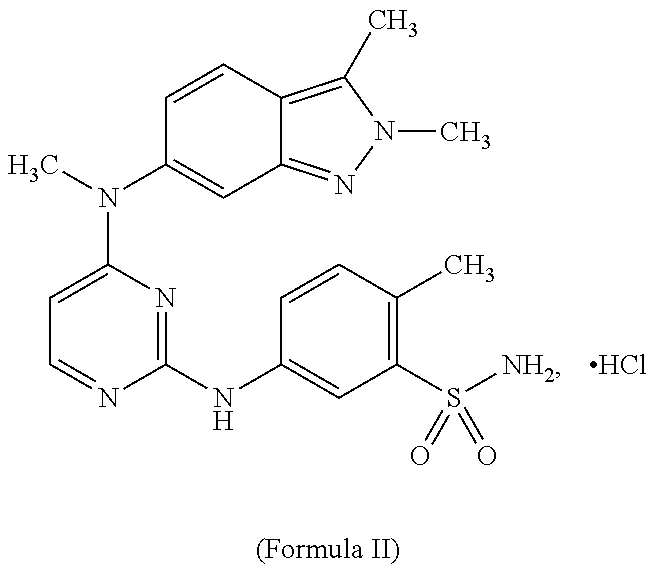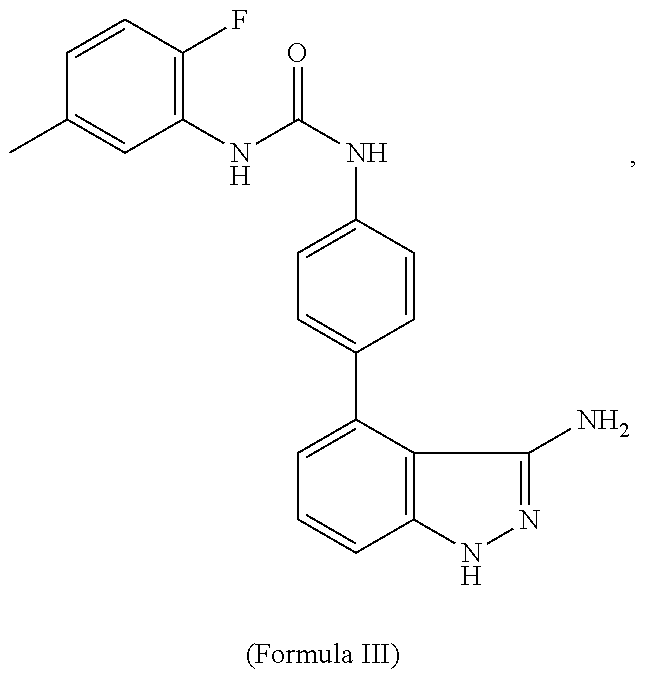Systems for Sustained Intraocular Delivery of Low Solubility Compounds from a Port Delivery System Implant
a delivery system and low solubility technology, applied in the direction of pharmaceutical delivery mechanism, macromolecular non-active ingredients, organic active ingredients, etc., can solve the problems of repeated intravitreal injections presenting both a risk and a burden on patients, and the delivery of therapeutic agents in the eye is difficult, and achieves low water solubility, low solubility, and high solubility.
- Summary
- Abstract
- Description
- Claims
- Application Information
AI Technical Summary
Benefits of technology
Problems solved by technology
Method used
Image
Examples
example 1
Sustained Delivery of Low Solubility Compounds
[0257]Design of Port Delivery System with Complexing Agents: Therapeutic agent delivery device (PDS) and formulation to deliver therapeutic agent achieving therapeutic delivery rates with diffusion rates corresponding to diffusion of individual therapeutic agent molecule entities was developed. For example, two approaches were employed: (A) a formulation with high therapeutic agent loading and therapeutic agent diffusion rates of individual therapeutic agent molecule entities was developed; and (B) a device volume and Release Control Element (RCE) was tuned to achieve therapeutic delivery profiles for formulations with diffusion of individual therapeutic agent molecule entities.
[0258]Developing a Formulation with High Therapeutic Agent Loading and Therapeutic Agent Diffusion Rates of Individual Therapeutic Agent Molecule Entities:
[0259]Cyclodextrin formulations that can increase the concentration of dissolved therapeutic agent up to 800,...
example 2
[0264]The reservoir for the therapeutic agent and formulation to deliver therapeutic agent were established to achieve therapeutic delivery rates with diffusion rates corresponding to diffusion of multiple molecule entities. The diffusion rates did not increase in size with time with tuning the device. The diffusion rates were measured as described in WO 2012 / 065006.
[0265]A multiple molecule entity may be a complex between one therapeutic agent molecule and a complexing agent, for example (not being limiting), one cyclodextrin, or it may be a complex / micelle / aggregate / nanoparticle containing multiple molecules of either therapeutic agent, cyclodextrin, or other additives (e.g., solubilizing agents such as PVP or surfactant such as Tween 20).
[0266]Formulations containing 20 mg / mL Pazopanib, with 4:1 or 5:1 ratios of HPβCD:therapeutic agent, were developed with therapeutic agent release rates of multiple molecule entities. These had measured diffusion coefficients that were about half...
example 3
[0278]Formulation agents in a solution with a high concentration of dissolved therapeutic agent may serve as a buffer. A concentration of the therapeutic agent and properties of the device were selected in order to balance solubility and therapeutic agent concentration in the device reservoir. As time progressed and therapeutic agent may be delivered, the therapeutic agent concentration in the device may be reduced but the solubility may need to be high in order to avoid precipitation.
[0279]At pH 5.0, 100 mg / mL concentration of therapeutic agent may dissolve in the formulation. The therapeutic agent may have a MW of 500 Da, with one group becoming positively charged when pH is changed from 7.4 to 5. The device may have a reservoir volume of 25 pt.
[0280]Conclusions from Calculations: The therapeutic agent concentration in the device reservoir may drop exponentially from 100 mg / mL at time zero to approximately 10 mg / mL at 6 months. The buffering capacity from the dissolved therapeutic...
PUM
| Property | Measurement | Unit |
|---|---|---|
| Time | aaaaa | aaaaa |
| Density | aaaaa | aaaaa |
| Density | aaaaa | aaaaa |
Abstract
Description
Claims
Application Information
 Login to View More
Login to View More - R&D
- Intellectual Property
- Life Sciences
- Materials
- Tech Scout
- Unparalleled Data Quality
- Higher Quality Content
- 60% Fewer Hallucinations
Browse by: Latest US Patents, China's latest patents, Technical Efficacy Thesaurus, Application Domain, Technology Topic, Popular Technical Reports.
© 2025 PatSnap. All rights reserved.Legal|Privacy policy|Modern Slavery Act Transparency Statement|Sitemap|About US| Contact US: help@patsnap.com



